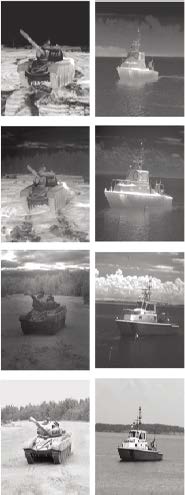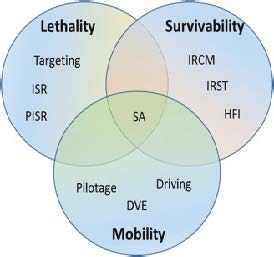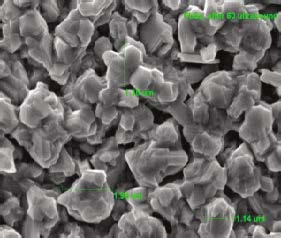Infrared imaging systems encompass a wide variety of technologies and applications. Technologies range from new infrared detector materials and devices to new optical materials and methods. The applications are primarily military, but security and commercial applications continue to grow rapidly as infrared components become more affordable.
The military applications can be grouped in typical areas of lethality, survivability, and mobility. Lethalityapplicationsincludetargeting, intelligence-surveillance-reconnaissance (ISR), and persistent-ISR or PISR. Target involved discrimination of targets at long range, SR involves large area imaging, and persistent ISR involves tracking people, vehicles, and maritime craft. Survivability applications comprise infrared countermeasures (IRCM) which is the act of defeating a ground-to-air missile, infrared search and track (IRST) which is long range aircraft/drone detection, and hostile fire indication (HFI) which is small arms detection. Finally, mobility applications are both daytime and night pilotage, driving, and operations in degraded visual environments (DVE). Situation awareness (SA) is the collective state of all sensor inputs and the tools for understanding the current and past status of operations.
All of the applications described above require high performance systems in a competitive environment that naturally requires new and innovative technologies to be developed on a continuous basis. These technologies range from optics to detectors to computational processes (signal and image processing) to new displays. Fundamental questions involve the best bands to operate. The middle figure shows both a tank and a boat in four different infrared bands. The operation performance in each band depends on a huge number of variables to include system component parameters as well as external quantities such as climate, source radiometry, atmospheric transmission, path radiance, turbulence, etc.



Newer component technologies are making significant contributions to infrared system design and performance. The areas of infrared detectors have seen quantum efficiency in type II superlattice structures increase in the LWIR, high operating temperature (HOT) in the midwave of 150K, and digital readout integrated circuits (ROICS) have allowed much deeper charge well capacity in focal planes resulting in higher signal to noise ratio (SNR).
Professor Ronald Driggers leads an infrared systems team investigating new approaches to sensor design. One project involves a design technique described as pitch-well-processing that combines small-pitch, large format infrared focal plane arrays with deep well ROICs that enhance SNR. The result is longer range object identification in the infrared.
There has always been a rivalry between MWIR and LWIR bands in infrared systems, especially for targeting applications that occur on fighter jets, attack helicopters, tanks, ships, and many other platforms. In another project the team is currently comparing MWIR and LWIR performance over many different conditions. One particular comparison involves the scattering of MWR versus LWIR in aerosol conditions that degrades target and background contrasts. The group is also studying the optimization of IRST staring systems in support of Air Force Research Laboratory for application to aircraft and unmanned aerial vehicle detection.
Another project aims at investigating a new exciting detector material and detector structures in PbSe. PbSe provides the possibility of the first MWIR high performance detector without having to be cryogenically cooled.
Driggers and his graduate students are also working with IMEC USA in Kissimmee in the development of new phased arrays in the 100GHz to 3THz regions that will result in low cost mmW/THz cameras. The applications are medical, security, defense, and industrial. IMEC is a world-leading R&D and innovation hub in nanoelectronics and digital technologies.
Author
